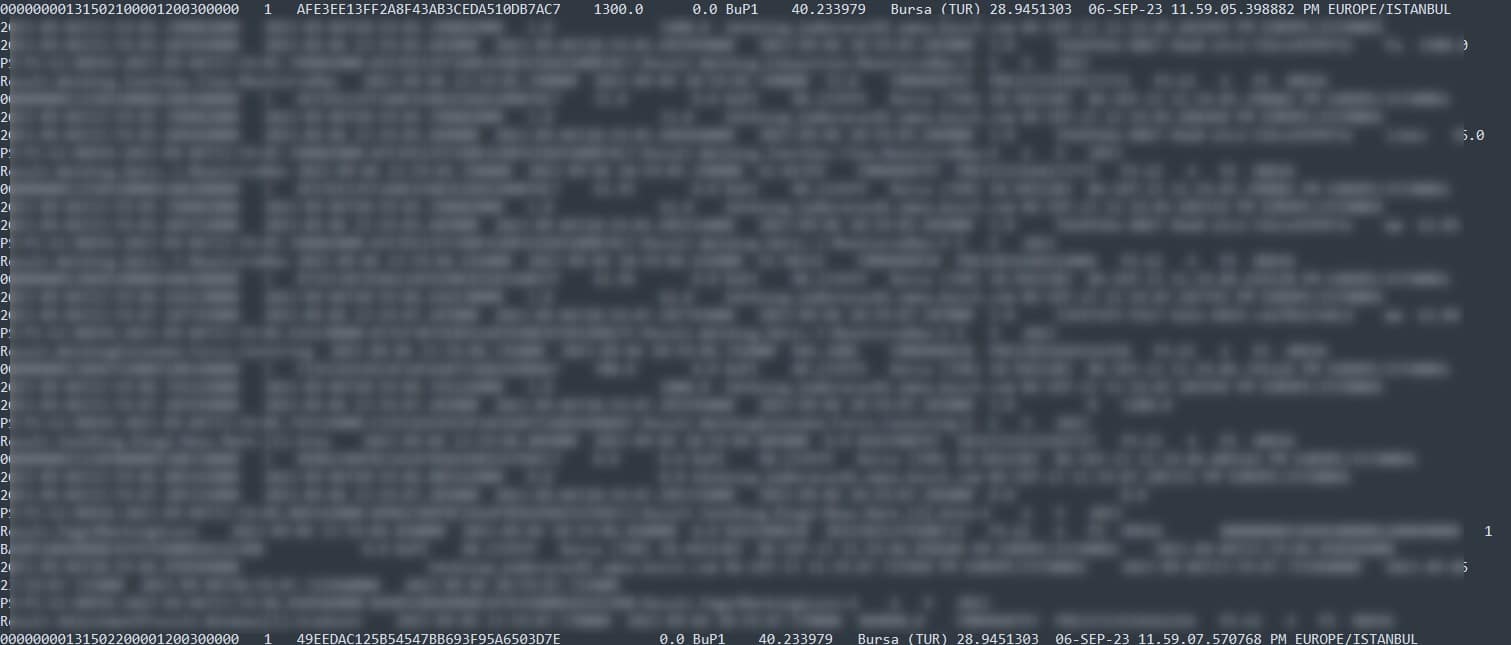Understanding TSV (Tab-Separated Values): A Detailed Guide

Understanding TSV (Tab-Separated Values): A Detailed Guide
Introduction
In the modern digital landscape, there exists an array of file formats that cater to various data representation and storage needs. Amongst these, the TSV or Tab-Separated Values is a popular text file format that separates values with a tab character. In this article, we delve deeper into understanding the TSV format, its utilization, and the differences it holds with other prevalent formats.
Definition
A TSV file is a simple text format for storing data in a tabular structure, where columns are separated by tabs and rows are separated by new lines. This delineates a straightforward manner to organize data, making it easy for both humans and machines to read.
Structure
The structure of a TSV file is fundamentally basic, embracing simplicity and utility. It represents data in rows, where each row corresponds to a single record or entry. Each record consists of fields separated by tab characters, representing the different attributes of the record.
Creating and Reading TSV Files
TSV files can be created, edited, and read using a wide range of applications including but not limited to text editors (like Notepad, TextEdit), spreadsheet software (like Microsoft Excel, Google Sheets), and scripting languages (like Python, Perl).
When dealing with programming languages, one can utilize built-in functions or libraries to read and write TSV files, offering a programmable approach to manipulate data stored in this format.
Utilization in Different Domains
The usage of TSV files is observed across multiple disciplines including, but not limited to:
- Biological and Bioinformatics Research: TSV format helps in the representation of genomic data and other biological information.
- Log Files: In server maintenance and network configuration setups, TSVs are employed to record logs.
- Data Migration: TSVs can act as an intermediary format for data migration between different software applications.
TSV vs CSV
Though functioning similarly, TSVs stand distinct from another popular data representation format, the CSV (Comma-Separated Values). The key distinction arises from the delimiter used: while TSVs use a tab, CSVs use a comma. This often makes TSV more preferable in contexts where the data contains commas, avoiding complications that arise from the use of escape characters to distinguish the delimiter from the data content.
Advantages and Disadvantages
- Advantages
- Simplicity: Easy to create, read, and edit.
- Universality: Supported by a wide range of software, both old and new.
- Easy Parsing: Can be easily parsed programmatically, given the structured nature of the format.
- Disadvantages
- Limited Complexity: Not suitable for representing hierarchical or relational data.
- Lack of Standardization: The lack of a strong standard can sometimes lead to inconsistencies in the data, especially when dealing with special characters.
Conclusion
The TSV format stands as a testimony to simplicity and functionality, finding its use across diverse fields and applications. Whether in scientific research, data analysis, or server maintenance, the TSV provides a straightforward solution to storing tabular data. As we have seen, understanding this file format can equip professionals and enthusiasts alike with an essential tool in their data management toolkit, facilitating the efficient handling and analysis of data in various endeavors.








